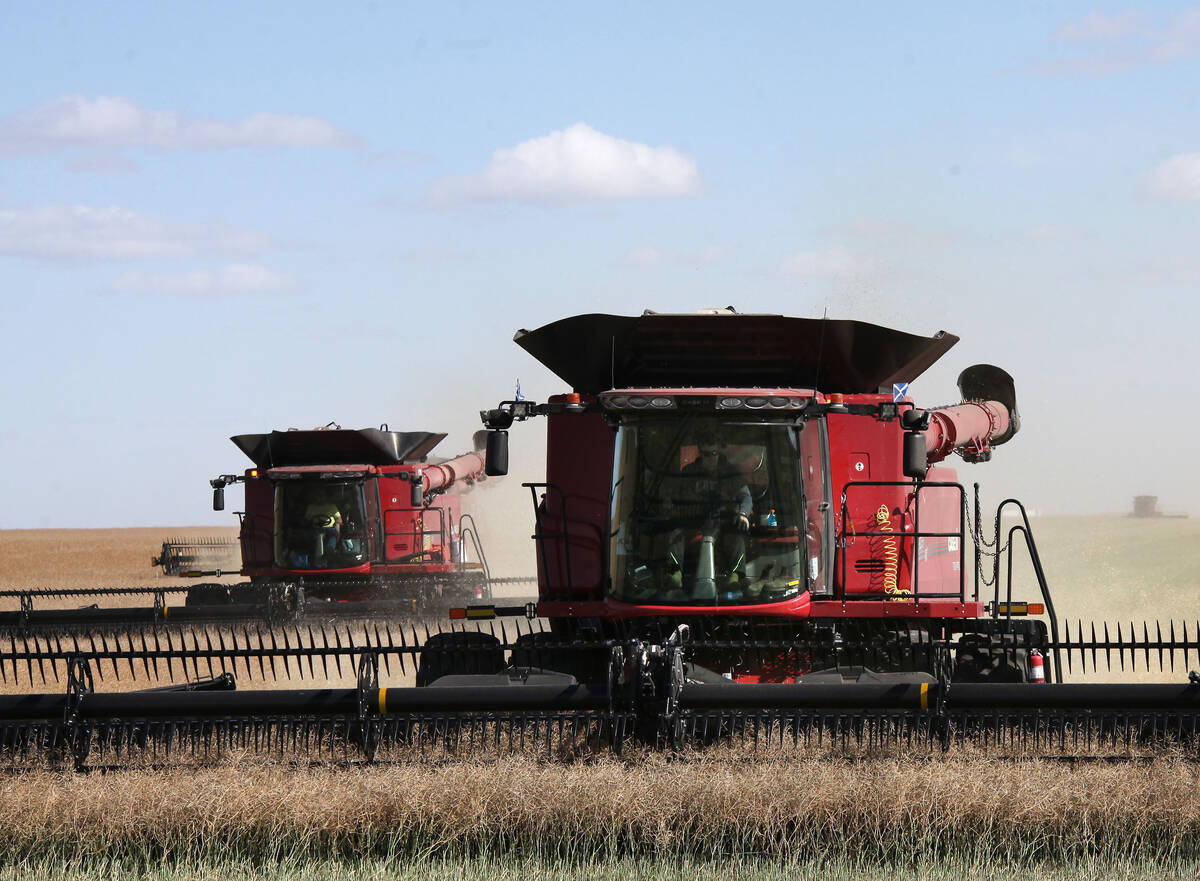Adverse weather conditions for both winter wheat in the southern U.S. Plains and spring wheat in the north are helping U.S. wheat futures show signs of turning higher, after drifting down for most of the winter, said a North Dakota-based analyst.
Many winter wheat areas saw good amounts of precipitation over the past few months, which weighed on prices, but the driest areas missed out on the moisture, said Randy Martinson of Progressive Ag at Fargo, N.D. Now, cold temperatures are causing freeze damage, which is supporting the Kansas City hard red winter wheat futures.
Read Also

Calling for bigger crops ahead of StatCan report
Statistics Canada will release its first survey-based production estimates for the 2025/26 crop year on Dec. 4, with general expectations for upward revisions to most major crops from the model-based estimates in September. However, as StatCan has shown a tendency to underestimate production in its December reports, many analysts expect actual production may be revised upward in subsequent reports.
Meanwhile, the slow spring melt in the northern U.S. is expected to delay spring wheat plantings, helping values in Minneapolis move higher as well, said Martinson.
“We need to have a weather premium worked into both the Kansas City market and the Minneapolis market because of delayed plantings and the cold temperatures,” said Martinson.
The two markets were trading within their traditional spread to each other, he said, but the premiums over the soft wheat traded in Chicago were a little larger than normal. Soft wheat hasn’t seen the same production issues, and was also competing more directly with corn into the feed market.
“There is always a bit of a weather premium in the spring, but weather rallies are never sustainable,” Martinson cautioned. Ample world wheat stocks will limit the impact of North American weather on wheat prices overall, he said..
Looking ahead, the U.S. Department of Agriculture is currently forecasting a slight increase in U.S. spring wheat area in 2013, pegging acres at 12.7 million at the end of March. That would compare with 12.3 million the previous year.
Martinson said the late thaw may cause some producers to back away from spring wheat and perhaps look at barley a little closer, as it will mature faster. More corn and soybeans also continue to be grown in the traditional U.S. spring wheat areas.
— Phil Franz-Warkentin writes for Commodity News Service Canada, a Winnipeg company specializing in grain and commodity market reporting.















